The following post is authored by Leo Gaskins as part of the Sizing Ocean Giants project. This post originally occurred on the Story of Size.
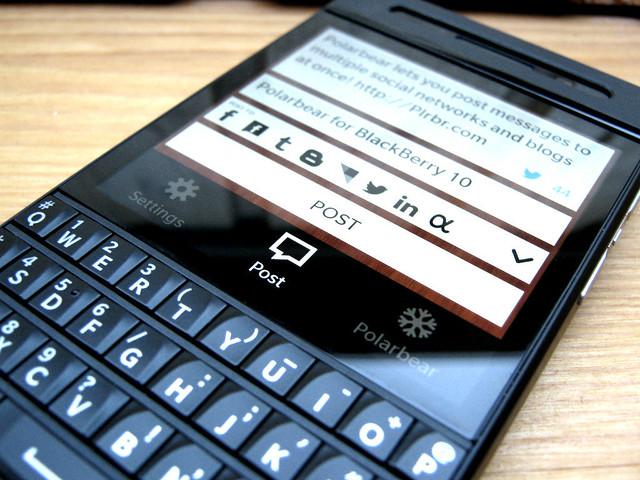
1. They are sleek yet functional.
The aesthetics are impeccable, and signal just how well designed these sharks/smartphones are. Blackberry is one of the most easily-recognizable brands out there, and not for nothing. Its streamlined body and keyboard allow it to fit comfortably in a hand and allow the user maximum typing speed. Great Whites are also instantaneously recognizable, with a signature body shape. Their two-toned shading isn’t simply a fashion statement, but serves as a cloaking technique. Called countershading, their darker upper half makes them harder to spot from above, and their white lower half makes their outline less distinguishable from below.
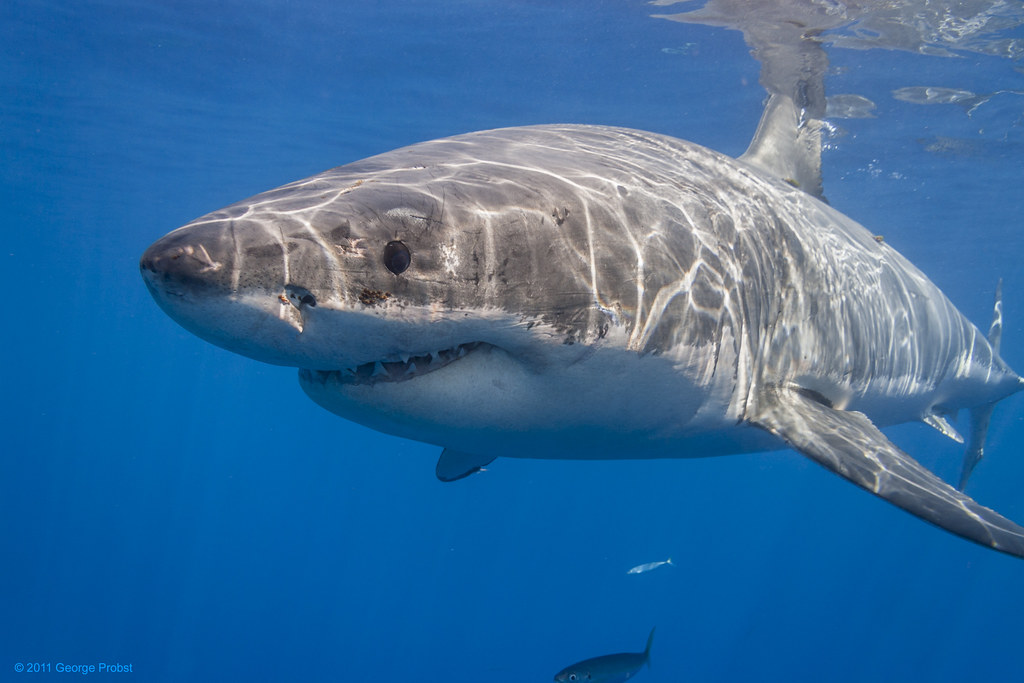
2. They are lightning fast.
They have the physical or processing power to get the job done. Their goals may different, but their pace is legendary. Those cute seal pictures you got form your friend? Blackberry, on 4G LTE, has it downloaded in seconds. That cute seal out swimming in the ocean? Great White Sharks, moving up to 40 kilometers per hour, with 18,000 Newtons of bite force, rip those seals to shreds in seconds.
3. They are addictive.
Remember in the mid 2000’s when the phrase “Crackberry” was common slang? People were glued to their smartphones then as they are today. Having the ability to email or bbm your friends with the press of a few keys, from anywhere, was a total luxury. Great Whites, on the other hand, are addictive to us in a different way. They pique our curiosity about the unknown. Shark week shows don’t change all that much each from year to year. It’s not as if there are hundreds of new stories of people getting killed or mauled annually by our cartilaginous friends. Yet each year, we find ourselves on our couches, completely captivated for a week, hearing about the same narrow escapes from the jaws of the most powerful ocean predator.
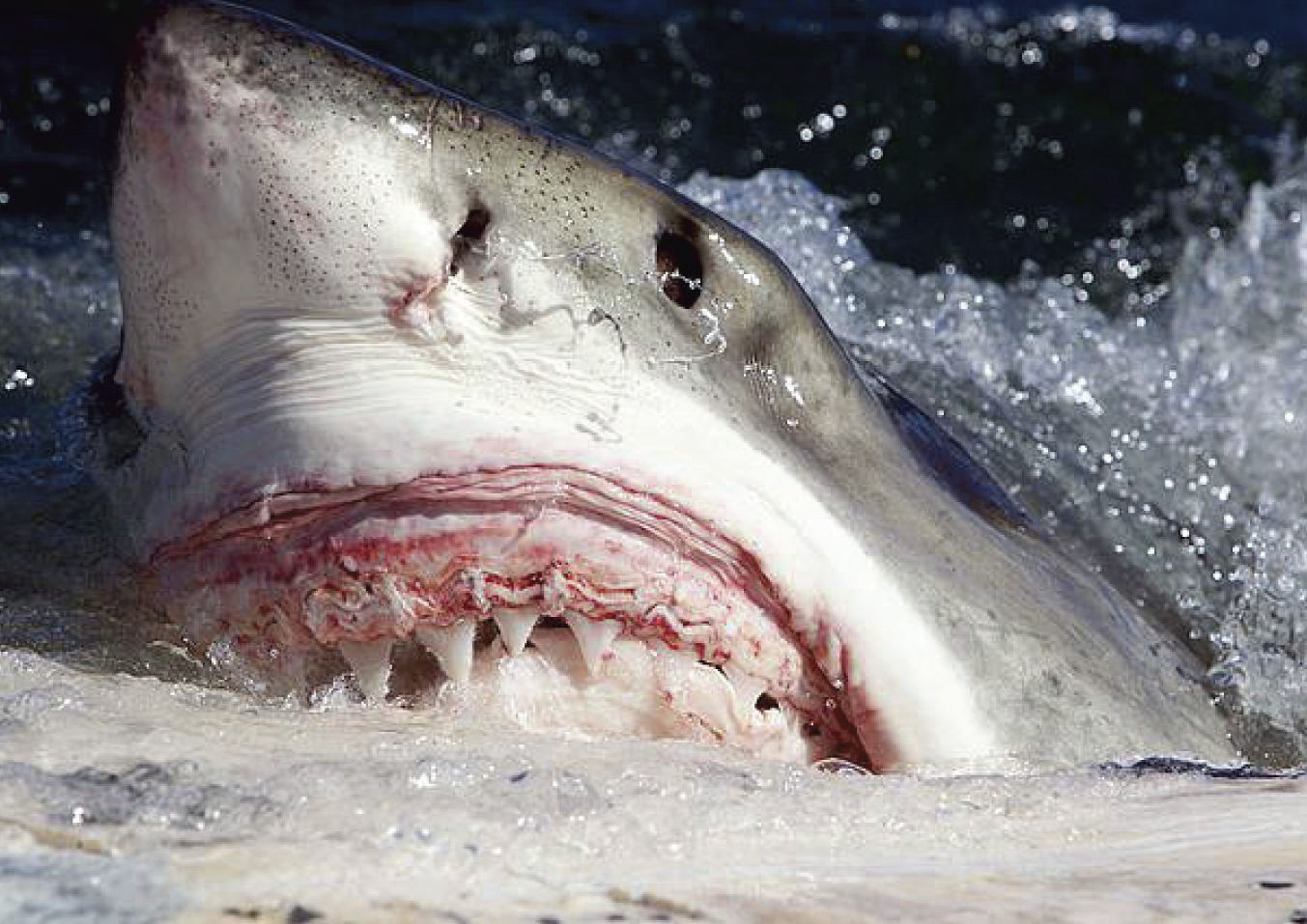
4. Their populations are in decline.
The IUCN Red List categorizes Great White Sharks as vulnerable. They are threatened for several major reasons. They are by-catch in commercial fishing, illegally hunted for jaws and teeth, are experiencing habitat destruction in their nursing grounds, and are killed before they reach sexual maturity.
If there were IUCN Phone List, Blackberry would be listed as critically endangered. The reasons for its decline, however, would be a misjudgment of demand coupled with overproduction of products, a store missing prominent and popular apps, and inability to compete with similar products.
5. They are irreplaceable.
The bottom line is that, for both to have survived and flourished for these intervals, they had to have characteristics that made them distinctive. For Blackberry, their incomparable keyboard and messaging systems were the hallmarks of their success. For Great Whites, their unparalleled adaptations, such as their ability to detect even incredibly sensitive electrical field pulses, intelligent stalking and capture of prey, and overall unrivaled strength and agility, are the hallmarks of their success as a species.
But as we’ve already seen with Blackberry, the population can crash in a relatively short time span. With quickly shrinking resources and support, this brand is losing its footing quickly, and no one seems to be stepping in to save it. Its loss signals the end of keyboard phones in favor of touch screen, and imitators couldn’t properly fill this vacuum. The same is true with Great White Sharks. They fill an important niche, as the apex predators of the ocean, and without them, there will be a ripple effect throughout the food chain.
We all know Blackberry well. We understand exactly what is being lost, and how to cope and compensate with alternate strategies. But with Great White Sharks, we would be losing an object of unknown and limitless importance, and like the virtual keyboard, the second best thing would never be quite the same.
It’s been nice knowing you, Blackberry.
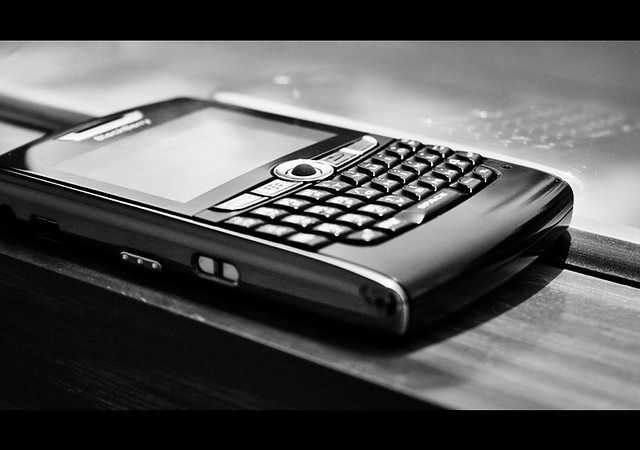
Resources:
Austin, RA. “How Fast Can a Shark Swim?”. ReefQuest Centre for Shark Research. Retrieved 2013-10-01.
Fergusson, I., Compagno, L.J.V. & Marks, M. 2009. Carcharodon carcharias. In: IUCN 2013. IUCN Red List of Threatened Species. Version 2013.1. <www.iucnredlist.org>. Downloaded on 02 October 2013.
Gottfried, M. D.; Fordyce, R. E. (2001). “An associated specimen of Carcharodon angustidens (Chondrichthyes, Lamnidae) from the Late Oligocene of New Zealand, with comments on Carcharodon interrelationships”.Journal of Vertebrate Paleontology 21 (4): 730–739.




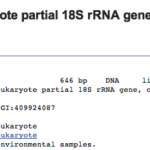

4 Replies to “5 Reasons Why Great White Sharks are the Blackberry of the Seas”
Comments are closed.